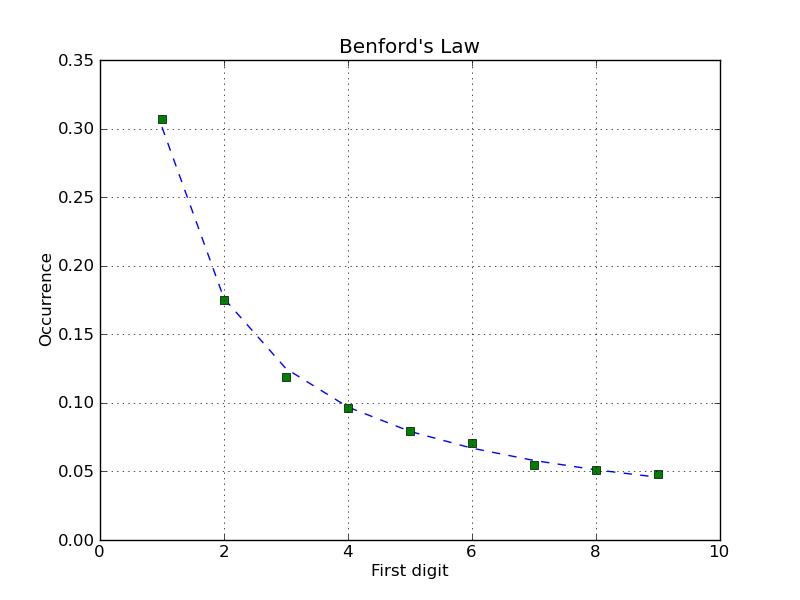No, it isn’t!
What is Cold?
According to the dictionary, a body at a relatively lower temperature, especially when it is compared to the temperature of a human body is described as a colder one. So, any object below the normal human body temperature – about 37 degrees Celsius – is a cold thing. But wait a minute!
When you touch an object, what does it tell you about the temperature of the object? Can you really judge if it is a cold one or a hot one? Unfortunately, our bodies aren’t thermometers, we are not so smart when it comes to judging the temperature. Consider the following case.
A book and a steel plate kept in the same environment for a long time attain the same temperature eventually (it is called thermal equilibrium). This can be checked by using a thermometer on both the objects. But, when people are asked to touch a metal plate and a book, they find the former to be much cooler. You can try this out yourself by touching different materials around you. You’ll see how some things ‘feel colder’ while the others feel warmer. A YouTube channel Vertasium conducted a social experiment to record this on camera. See the video below:
There is no cold – only heat
So, in the video, ice melts faster, if kept on steel plate than on a plastic plate, even when the steel plate ‘feels colder’. Common sense dictates that the colder thing is supposed to sustain the ice block for a longer time, just like your refrigerator does. So why does the opposite happen?
A better way to understand this ‘contradiction’ (not really a contradiction) can be this:
According to thermodynamics, simply put, everything has heat in it. So, even a cold ice block has some amount of heat stored in it (say, around 273.15 Kelvin or 0 degree Celsius). When one object comes in contact with other object, it loses or gains heat till their temperatures get equal or till they attain ‘thermal equilibrium’. Which object loses heat and which one gains it, is decided by their relative temperatures. In case of ice and steel, ice has a lower temperature than steel (assuming it isn’t already freezing out there). Therefore, here, ice gains heat from steel till they attain the same temperature and ice melts.
Side note: The ice is also in contact with a relatively ‘hotter’ atmosphere. Hence, it gains heat from there also. In this case, we are only concerned about the steel and ice interaction.
Why does it melt faster on steel?
There is a particular property which depends on the kind of material and is called thermal conductivity. This is the parameter which decides which objects lose heat quicker and which ones do it slower.
Here, for instance, steel has a higher thermal conductivity than plastic. Hence, the steel plate gives away heat to the ice block faster than a plastic block does. As a result, ice melts faster on a steel plate than on a plastic one.
Incidentally, this effect can also be used to explain why one plate feels colder than the other, in our hands. Think of it like this, the ice is replaced by our hand. So, a steel plate, due to its better thermal conductivity, draws heat faster from our hand than a plastic plate. This makes us feel that the steel plate is colder than the plastic one.
As checked by a thermometer, both the plates have the same temperature, our bodies are only fooled into believing that the thing we feel is temperature; it isn’t. None of the plates is actually colder than the other (according to the dictionary – see first paragraph). We don’t feel the temperature. What we feel is actually the rate of heat being drawn away from our hand. Faster an object draws heat, the colder it feels.









